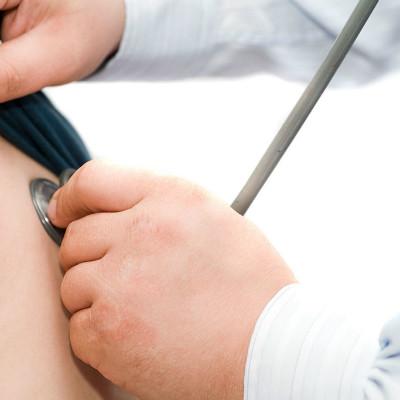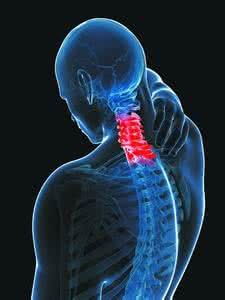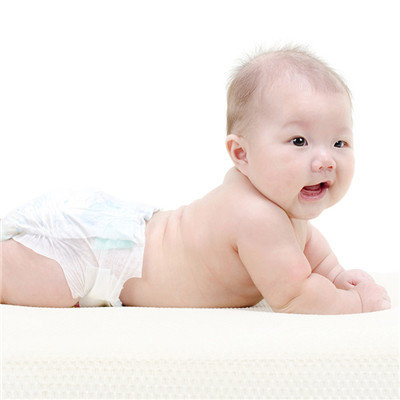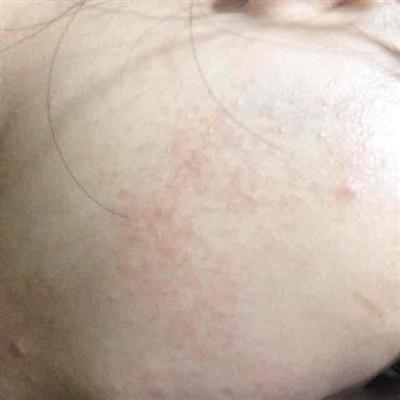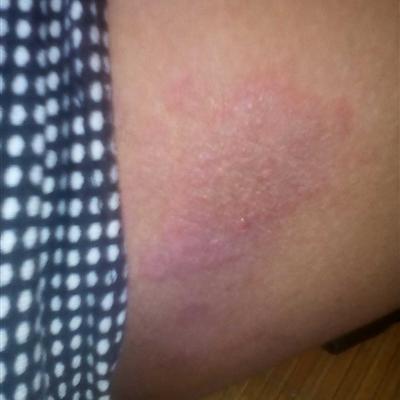Five symptoms of uterine rupture?
summary
What is uterine rupture? Let's understand it together. It refers to the rupture of uterine body or lower uterine segment in late pregnancy or delivery. It is a serious obstetric complication that directly threatens the life of maternal and fetal. If mothers increase the number of obstetric examinations and improve the quality of Obstetrics, the chance of uterine rupture will be reduced. And the incidence of uterine rupture is one of the standards to measure the quality of Obstetrics, often threatening the lives of mothers and children. So, five symptoms of uterine rupture?
Five symptoms of uterine rupture?
Uterine rupture may occur during delivery, there may be threatened uterine rupture, uterine tenderness, signs of uterine rupture, lower abdominal pain, shortness of breath, abdominal pain, restlessness, hematuria, pale complexion, cold sweat, weak pulse count, blood pressure drop, etc.

The main sites of infection after uterine rupture are pelvic cavity, abdominal cavity, pelvic retroperitoneum and soft birth canal. The main causes of infection are that the pelvic cavity or broad ligament is connected with the uterine cavity and vagina, and bacteria enter after communication; Bleeding after uterine rupture, severe anemia or DIC, decreased resistance, easy to infection; Hematocele in abdominal cavity or pelvic cavity or extraperitoneal hematocele is easy to be infected; After uterine rupture, hysterectomy or repair were carried out under the condition of bacteria. In addition, it is worth mentioning that the infection is respiratory tract infection, which is caused by many factors, such as long shock time, impaired expectoration and defense mechanism of normal respiratory tract.

The bleeding sites of uterine rupture usually include uterine and soft birth canal rupture and placental exfoliation bleeding. Uterine and soft birth canal bleeding usually needs to damage the large blood vessels of the location. If the soft birth canal injury does not damage the large blood vessels, it usually does not show massive bleeding or active bleeding. The bleeding of placental exfoliation surface is related to the degree of placental exfoliation and the intensity of uterine contraction. If the placenta is not completely exfoliated or not discharged from the uterine cavity after exfoliation, the uterine contraction will be affected, which is characterized by massive bleeding.
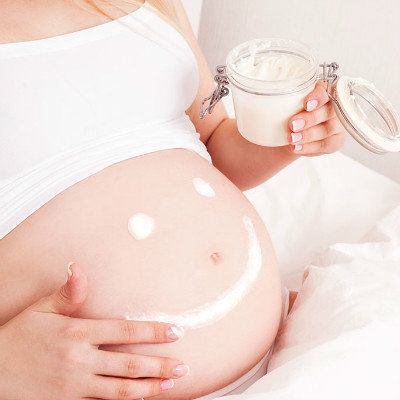
matters needing attention
Reduce pain, prevent uterine rupture, closely monitor uterine contraction, fetal heart rate and signs of threatened uterine rupture, and report to the doctor immediately if any signs of threatened uterine rupture are found. If oxytocin is given intravenously, it should be stopped immediately. Oxygen was given, venous access was established, and blood pressure, pulse and respiration were monitored. According to the doctor's advice to give sedatives and drugs to inhibit uterine contraction, and do a good job before cesarean section.



